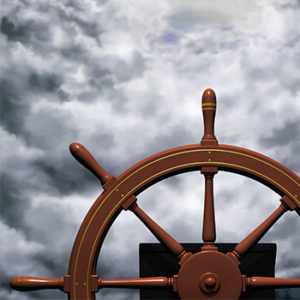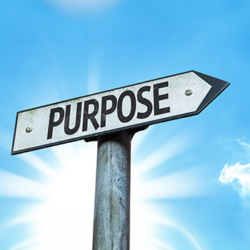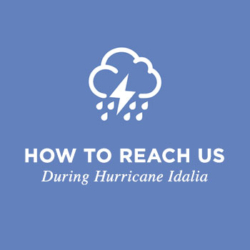 If you haven’t read them, I have a couple of authors: Jon Krakauer (Into Thin Air) and Sebastian Junger (The Perfect Storm). I thought of these two recently because I watched the middle half of the movie, The Perfect Storm while cleaning and packing away my outdoor gear. I read the book when it first came out … when it first came out in paperback, I mean … one of the first rules to building wealth (right after you get out of bed and go to work) is to live frugally. (My editor asked me to cut down on parentheses, ellipses, and hyphens; if not rebelling, you can trust me to be a bit revolting at least.)
If you haven’t read them, I have a couple of authors: Jon Krakauer (Into Thin Air) and Sebastian Junger (The Perfect Storm). I thought of these two recently because I watched the middle half of the movie, The Perfect Storm while cleaning and packing away my outdoor gear. I read the book when it first came out … when it first came out in paperback, I mean … one of the first rules to building wealth (right after you get out of bed and go to work) is to live frugally. (My editor asked me to cut down on parentheses, ellipses, and hyphens; if not rebelling, you can trust me to be a bit revolting at least.)
I enjoyed reading The Perfect Storm and was initially reluctant to see the movie. It is a thin line between reading history for education and enlightenment and glamorizing another person’s tragedy for entertainment. The film successfully tells the story respectfully and in a gripping fashion, but like any 2-hour movie, it does not contain the depth of a 227-page book.
But in case you are one of the seventeen people in America who haven’t heard of either book or movie, it is the story of the 1991 combined “super-storm” that resulted when a tropical hurricane, a New England nor’easter, and a Canadian cold front met in the northern Atlantic just off the US coastline. It was a historic storm; I read that one buoy recorded a 100′ wave, the largest on record in the northwest Atlantic. The central figure in the story is the fishing vessel Andrea Gail and her crew of six. Their story, and others spanning the breadth from Moby Dick to The Deadliest Catch, lend certain sobriety to me when I sit down to that “Captain’s Platter” to overeat at a seafood joint on the Intracoastal Waterway.
I am reminded whenever I partake of the sea’s riches that I need to give thanks for that bounty, as well as the men and women that catch it—those that come home and the ones that don’t.
One of the subplots in The Perfect Storm was the story of a small (32′) sailing vessel in that same storm. Another telling of that part of the story can be found here, and yes, the tellers of the tale have their own bias: Krakaeur’s Into Thin Air tells the story of an expedition to climb Mt. Everest, an ill-fated 1996 attempt by a guided group to reach the summit. That book made it to the small screen rather than the movie theaters. It also is a gripping tale. The similarity between the two authors (three if you will include the satori storm link) is that they all follow the exploits of serious people on serious, demanding, and dangerous journeys who run into extreme challenges.
 Journeys often go awry when the plans fall apart.
Journeys often go awry when the plans fall apart.
And why, you may ask, does the plan fall apart? That’s kinda’ important to us, given my harping on our investment and retirement planning, isn’t it? I will give you one more story to contemplate before I return to the crux of the matter. On the way home from a long day at the office recently, I listened to the radio show “How It Really Happened.” This episode retold the story of the plane crash of John Kennedy, Jr., his wife Carolyn, and her sister Lauren Bessette. I felt just as sick and saddened this time around as when I first heard the news the day after it happened. Sometimes, I would be in so much better a frame of mind if I didn’t relive the past.
Some of the people in these four stories lived. Others died. They all went through hard and harsh experiences that altered other lives forever. How and when did their plans fall apart?
In each case, a critical moment occurred when a central figure was called upon to choose between two options. These options, mind you, had been thought out in advance, but in each case, the choice altered the original plan.
 Why did they do this?
Why did they do this?
For the same reasons you and I might likely do the same: fear of financial ruin, disappointment on an epic scale, fear of death and pain, the need to keep to a schedule that wasn’t so important in the clear light of hindsight. We are all subject to making high-risk choices in times of stress and distractions. High risk is something we work hard to avoid.
The choice worked out in one of our stories; in the other three, they did not.
It is a scary time in our world.
What will Russia, China, Korea, or some extremist sect do next? Will inflation continue to run rampant? Will the housing market collapse like it did in 2008? What will the Federal Reserve do? Who is going to win the next election? It is a scary time in our world – like it always has been. This is why I am always encouraging you and me to read more so that we might better understand the world around us and remain steadfast.
March 2022




